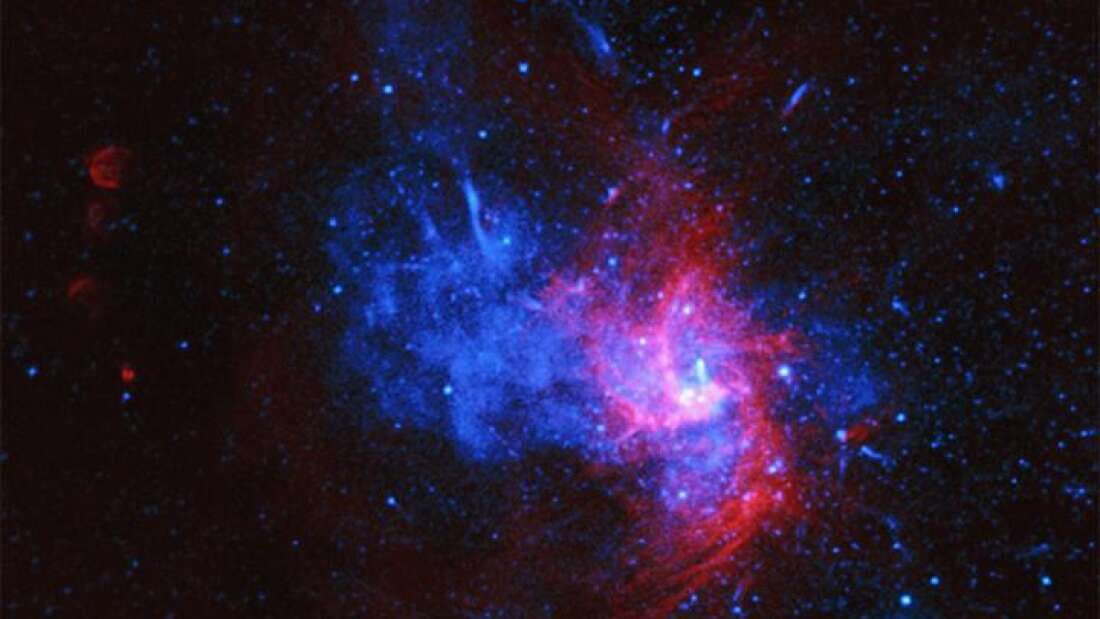
Before we had any idea what caused them, supernovas - powerful, luminous stellar explosions - were categorized based on their dominant spectral lines. The most useful of these for research purposes turned out to be those known as Type Ia, which have the very convenient trait of always being roughly the same in their intrinsic brightness. By measuring how much light we see from a Type Ia supernova astronomers can get a good estimate of how far away the explosion, and therefore the galaxy in which it is housed, is from us.
This has served us well enough to reveal the fact the universe's expansion is accelerating, but between one-sixth and one-third of what at first looks like Ia supernovae aren't. Among these are a group sometimes called Type Iax supernovas, which have a spectrum marked by ionized silicon like ordinary Type Ias, but are considerably fainter.
While at the University of Amsterdam, study lead Ping Zhou observed a supernova remnant known as Sagittarius A East using the Chandra X-Ray telescope. Zhou thinks this is the first residue of an Iax supernova we have found in our galaxy.
Besides needing to be weeded out for distance measurements, Iaxes require some explaining. Ordinary Ia supernovae are the products of white dwarf stars gaining too much mass. They are believed to involve either two white dwarfs merging, or a white dwarf stealing material from a nearby ordinary star. The favorite theory for a Iax is that for some reason the thermonuclear reaction that drives a Ia explosion travels through the star more slowly, preventing sharp brightness peak and allowing a white dwarf fragment to survive.
There is evidence from the Iax explosions we have witnessed that this leads to less of certain elements being produced.
"While we've found Type Iax supernovae in other galaxies, we haven't identified evidence for one in the Milky Way until now," Zhou said in a statement. In a paper to be published in the Astrophysical Journal, Zhou and co-authors report the low amounts of elements such as argon and calcium, and high concentrations of manganese and nickel make this a strong Iax candidate.
Just finding Iax supernova remnants in distant galaxies is an achievement, detailed study is currently beyond us, so to study one in comparative proximity is an incredible opportunity. Sagittarius A East gets its name because it lies just next to Sagittarius A*, the black hole at the center of our galaxy. That's far from close, but at a mere 26,000 light-years distance, we stand to learn much more compared to something 100 million light-years away. Moreover, since Sagittarius A* is one of the most studied objects outside the Solar System we have abundant images of Sagittarius A East, which is around 25 light-years wide and overlaps with A* as seen from Earth.
Previous explanations for Sagittarius A East's unusual nature included it being the remains of a core collapse supernova that was compressed from being too close to the supermassive black hole in Sagittarius A*. However, this would produce much more calcium and less manganese than has been observed, Zhou argues.
The ultimate proof would be finding a surviving white dwarf fragment but interference from the galactic center would make one hard to spot.



Reader Comments
to our Newsletter